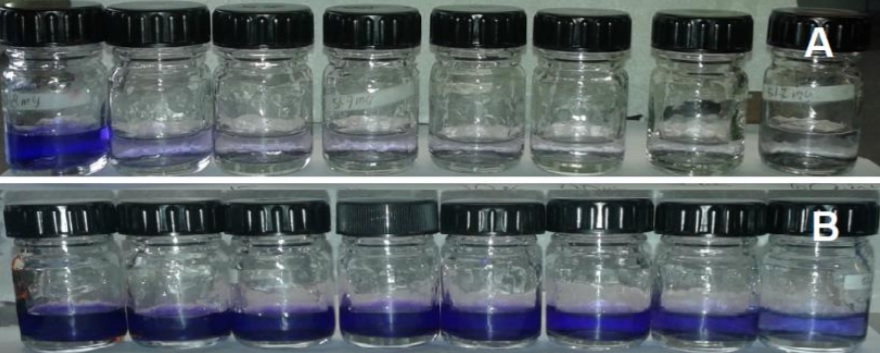 |
|
In the present work, the reuse of activated carbon fiber felt (ACFF) is suggested to remove the cationic methyl violet, commonly called as Crystal Violet (CV), dye present in a synthetic solution. The morphological structure of the ACFF was analyzed by High Resolution Scanning Electron Microscopy (HRSEM). The dye removal processes were carried out discontinuously at room temperature and pH of 10, by reusing the FFCA up to 10 times. After each removal process, the ACFF was thermally treated by calcination that allowed to transform the adsorbed dye into CO and CO2 wherewith its useful lifetime was extended. The results show that the adsorption process follows the Langmuir isotherm with pseudo-first order kinetics, which suggests that a chemisorption was carried out by the covalent attraction between the carbonyl groups of the ACFF and the cationic species of the dye. The novelty of the work focuses on the reuse of the ACFF for up to 10 removal cycles with a high removal rate, which can lead to a reduction in the acquisition costs of the adsorbent material.
Keywords: Activated carbon fiber felt, Reusing, Calcination, Removal, Crystal violet.
|
|
 |

